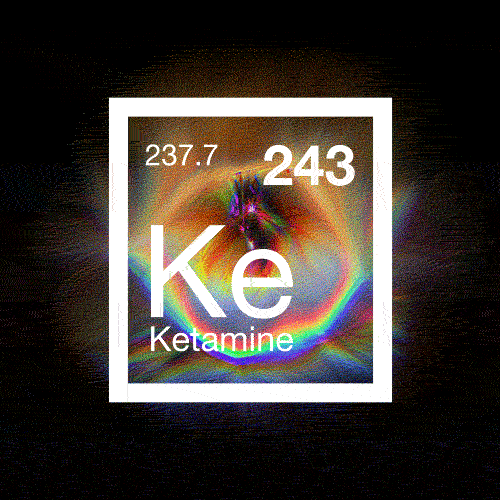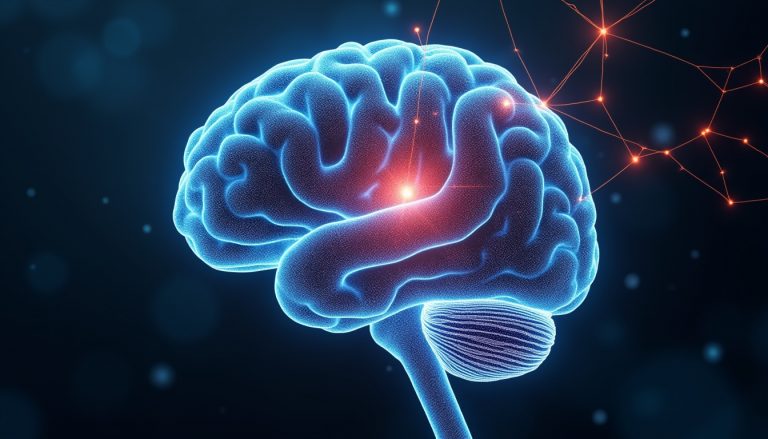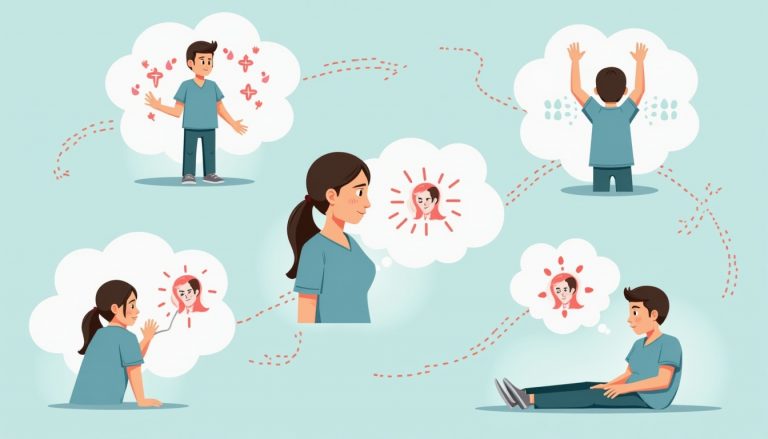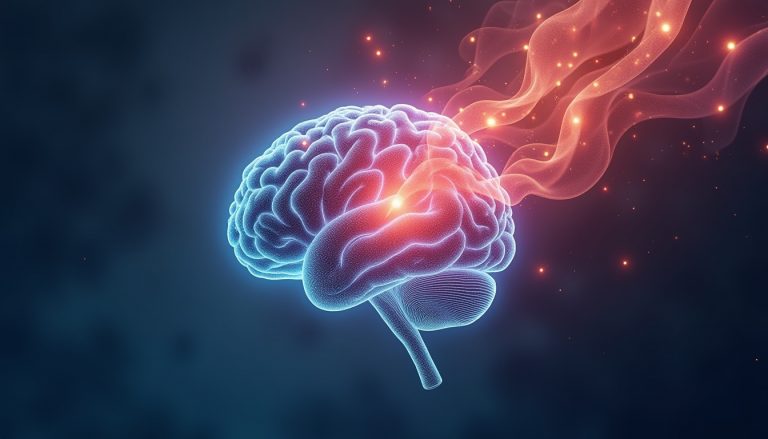Understanding Ketamine Therapy: A Comprehensive Guide

Introduction to Ketamine Therapy
Ketamine therapy is gaining recognition as a transformative treatment for various mental health conditions. Originally developed as an anesthetic, ketamine is now being used off-label to treat depression, anxiety, PTSD, and other conditions. This blog explores what you need to know about ketamine therapy, including how it works, its benefits, and what to expect during treatment.
What is Ketamine Therapy?
Ketamine is a dissociative anesthetic that has been used in medical settings for decades. In recent years, it has been discovered that ketamine has significant antidepressant effects, particularly in cases where traditional treatments have failed. Ketamine therapy involves the administration of ketamine in controlled doses to help alleviate symptoms of mental health disorders. Learn more about ketamine.
Mechanism of Action
Unlike traditional antidepressants that primarily target serotonin levels, ketamine works through a different mechanism. Ketamine is believed to affect the glutamate system in the brain, which plays a crucial role in mood regulation and cognitive function. By modulating glutamate activity, ketamine can help reset brain circuits involved in depression and other mental health issues. Explore how ketamine works.
Benefits of Ketamine Therapy
Ketamine therapy offers several advantages, including:
- Rapid Relief: Many patients experience relief from symptoms within hours or days of their first treatment, compared to traditional antidepressants that may take weeks.
- Effective for Treatment-Resistant Conditions: Ketamine has shown promise in treating severe depression, PTSD, and chronic pain when other treatments have failed.
- Potential for Long-Term Benefits: Although multiple sessions are often required, some patients experience lasting improvements in mood and mental health.
What to Expect During Treatment
- Initial Consultation: You will have an initial consultation with a healthcare provider to assess your suitability for ketamine therapy and discuss your medical history.
- Administration Methods: Ketamine can be administered intravenously (IV), intranasally (nasal spray), or orally. The method will be determined based on your needs.
- Session Experience: During a session, you may experience altered sensations or dissociation. The environment is designed to be comfortable and supportive, with healthcare professionals monitoring your safety.
- Post-Treatment Recovery: After the session, you might need time to rest and recover. Temporary disorientation or mild side effects are common but usually resolve quickly.
Considerations and Safety
While ketamine therapy offers many benefits, it’s essential to consider potential risks and side effects, such as temporary dissociation, nausea, or changes in blood pressure. It’s important to work with a qualified healthcare provider to ensure the treatment is administered safely and effectively.
Conclusion
Ketamine therapy represents a promising option for those struggling with mental health conditions, especially when traditional treatments have not been effective. Understanding how ketamine works and what to expect during therapy can help you make informed decisions about your treatment options.
Use promo code buyket to receive 10% off your first order.
Shop now for ketamine products and services at Buy Ketamine Canada.






